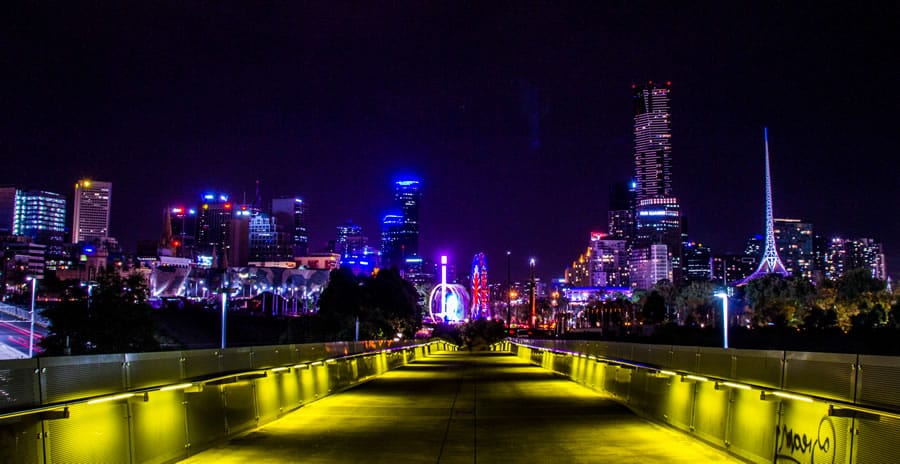
Australian society Essay
Australian society is often regarded as one of the most open and tolerate to multiculturalism. However, there is enough evidence of race discrimination, and the Indigenous Australians turn out to be one of the most vulnerable targets. Through years of white settling, the Aboriginal people suffered from ignorance and indifference of the new comers, who persistently “bred out” their original culture by means of assimilation. As it is now discussed in media, this group is often misunderstood and cast away by the Australian politics. There are even argues about genocide. For about a century since 1869 the Aboriginals have been suffering from forcible removals from their native surroundings. Those years have become known as “Stolen Generations” (Minde, 2008 p. 56). In late 1990s there were a number of cases proving the existence of racial discrimination at different levels of public affairs.
Reasonably, there are a number of scholar studies reflecting the history and modern state of the issue. David Dutton, for example, explores what the Australian citizenship and belonging mean, how it is acquired and how one got entitled to it earlier, what the way to become one of the majority is and how the paths of changes look like now. He explores that “Aboriginal people were citizens under jus soli, but were denied citizenship rights” (Dutton, 2002 p. 11). Martin N. Nakkata together with the Aboriginal and Torres Strait Islander Commission (2001 p. 238) review “Indigenous concerns over recent developments in Australian political life, including the winding back of native title rights, the failure of the Commonwealth to respond to the Stolen Generations Report, and the concerns of Indigenous peoples that the present policy of ‘practical reconciliation’ is framed at the cost of the denial of fundamental Indigenous rights.”
Most Indigenous Australians live in urbanized areas, but about 27 percent (as of 2002) occupy remote rural territories, especially on the site of former church missions. Nevertheless, both rural and urban Indigenous population experience lots of health and economic troubles and a number of social indicators have extremely low ratings. “Discrimination and racism can have a negative impact on people’s mental and physical health,” it is determined (Minde, 2008 p. 59). A lot of articles with eye-catching headings in state and local newspapers (including Daily Telegraph (Sydney), Sunday Times (Perth), The Age, Canberra Times, West Australian (Perth)) of the last decades inform how the Aboriginals are rejected membership, employment, proper health care, education and political representation. Only 39 percent of the Aboriginal children stay for high education and only 22 percent go on for higher or vocational education. The rates of literacy and numeracy are much lower too among the students. Lower educational outcomes result in higher unemployment. The average household income of the Indigenous Australian adults is 40 percent lower than the average of the non-Indigenous Australians. “Aborigines could hardly be deported, and indeed their exit was prohibited, but they were excluded from most citizenship rights” (Dutton, 2002 p. 15). Further, there are twice more health claims from the Aboriginals for illness or disability and long-term health conditions. As Bonny Symons-Brown (2011 p. 9) states, “Preventable chronic diseases are the main reason indigenous Australians die far earlier than the rest of the population, a new report has revealed.”
Substance abuse is also more wide-spread. Moreover, the urban Indigenous Australians suffer from subtle cultural persecution and overall cultural differences. In 2009 the rates of imprisonment for Indigenous Australians were 14 times higher than those of non-Indigenous population. Hence, “gross inequalities between the Indigenous people and other local groups reveal the continued operation of a complex and deep-seated racism” (Nakata, 2001 p. 238). Besides, there is much disturbance as for verbal effects of racism which is “never really seen, it’s only really felt.”
Consequently, there are lots of complaints to the Human Rights and Equal Opportunity Commission and critique for the lack of constitutional protection against discrimination that exists at all levels of the Australian society. Non-governmental organizations are really on alarm, and their reports contradict or at least complement the official reports of the Australian government. Moreover, as West Australian informed in 2008, several members of aboriginal community in Narrogin, in 200 km south of Perth, committed suicides as a result of racism and discrimination.
Fortunately, for the last few years the situation is informed to get improved. In 2004 John Howard, the Australian prime minister, signed Shared Responsibility Agreements. In 2007 he organized a referendum for recognition of the Indigenous Australians in the Constitution. On the other hand, his actions were sometimes interpreted as manipulation of symbolic aspects of the reconciliation process and handling the issue to whitewash his term. Therefore many Chairmen were skeptical to the decision.
However, in 2009 Australia supported the United Nations Declaration on the Rights of Indigenous Peoples (UNDRIP). The United Nations, subsequently, conducted the research and found out that Aboriginal people in Australia have the second worst quality of life throughout the world. The changes are seen first in better integration of the Aboriginals into the school curriculum and the resulting growth of interest to the Aboriginal culture. The research goes on to raise the questions of political and civil rights, and ultimately to achieve cohesive and loyal citizenry.

